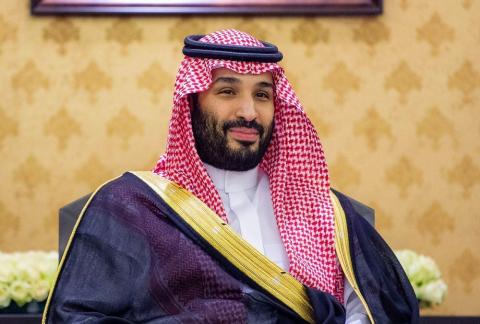
The current protest movement in Iran appears to be the result of the refusal of the Iranian regime to consider the social transformations that the country has experienced since 1979. These transformations could lead to different outcomes: The continuation of the status quo, the emergence of a military government or, in the longer-term, the establishment of a new secular political regime.
The revolutionary movement of the fall of 2022 is both an indicator of the underlying Iranian discontent since 1979 and the synthesis of previous movements (protests for gender equality, minority rights, political liberalization, and improvements in socioeconomic conditions). Because of its revolutionary dimension, the current movement can be compared, to a certain extent, to the Iranian situation of 1977-1978. Indeed, back then, the concept of a revolution was a question of “thinking the unthinkable.” In other words, it was only four months before the shah’s departure that Western diplomats started to think seriously about the possibility of the fall of the Pahlavi regime. This inability of observers at the time to anticipate the fall of the Iranian monarchy can be explained by three errors of Western analysis during the first half of 1978.
First, US intelligence services overestimated the strength of the shah’s state security apparatuses that confronted the popular Iranian uprising. This is the same today, with the strength of the “Islamic Republic” blown out of proportion, but there is a noticeable difference to the past: The shah did not order a mass crackdown on protesters in 1978, nor was he receptive toward forming a military junta in Iran. However, in 2022, the order to kill protesters was given by the highest Iranian state authorities and was executed by the country’s various security apparatuses.
Given the mentioned context, an important question arises: If the demonstrations are further prolonged, will the members of the Iranian security forces continue to blindly accept the order to kill protesters or will they defy? Overall, the security approach of the Iranian state is both a strength and a weakness for its political-religious elite. A strength because this is a means of guaranteeing the survival of the political system and a weakness because the political and economic costs of repression will fuel further popular discontent and risings against the political-economic status quo.
The security approach of the Iranian state is both a strength and a weakness for its political-religious elite
Dr. Mohammed Al-Sulami
Secondly, observers were unable to identify any other opposition movements or political leaders to bring about regime change. Before 1979, Ayatollah Khomeini was considered by some Western academics as an Iranian Gandhi and he was expected by most to engage in religious and spiritual activity in the religious cities of Qom and Najaf, and not to be involved in the daily politics of the new revolutionary regime after the fall of the shah. In 2022, Western observers are having the same difficulty in identifying any political alternatives to the current regime.
The dominant discourse focuses on the absence of alternatives among the Iranian political forces based inside Iran, which is the result of the elimination of any opposition force inside the country by the Khomeinist regime between 1979 and 1982. The political role of Iran’s diaspora is important, as Iranian political forces based outside the country can take advantage of the West’s open political and media spaces to project another narrative regarding the current protests.
However, the diaspora also faces a major handicap, as the same forces have difficulty in playing a larger role in leading and directing the current protests, other than being the external face of the demonstrations. This role of being a voice of the protesters is nevertheless decisive and the Iranian authorities have decided to escalate their targeting of Persian-language outlets based outside Iran. The Voice of America, BBC Persian and the London-based channel Iran International have all recently experienced harassment and intimidation from the Iranian regime.
Finally, the fall of the shah was announced on several occasions between 1953 and 1978. The same can be said of the current regime: The fall of the Khomeinist regime has been announced many times since 1982. There is, therefore, widespread skepticism regarding the question of the “beginning of the end” of political regimes. The Iranian regime relies on drawing comparisons with the outcomes of the Syrian and Libyan revolutions of 2011 to create fear and generate uncertainty about the possibility of a post-Islamic Republic Iranian state.
What is unprecedented today is the emergence in the West of public debate on regime change in Iran, particularly on whether there will be a transition to a military or a secular state. The very existence of this debate shows the novelty of the current protests; however, it is too early to tell which scenario will prevail in the future. In the short-term, the most probable outcome is for the political-economic status quo to remain in place.
Dr. Mohammed Al-Sulami is president of the International Institute for Iranian Studies (Rasanah). Twitter: @mohalsulami











